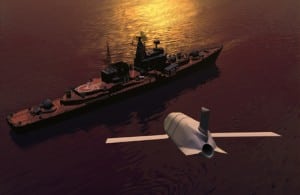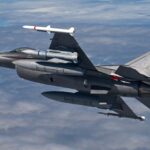
Lockheed Martin [LMT] recently demonstrated and validated that its Long Range Anti-Ship Missile (LRASM) can be launched from any MK 41 Vertical Launch System (VLS) by modifying the software to existing shipboard equipment, according to a company statement. During the company-funded test in December, LRASM, Tactical Tomahawk Weapons Control System (TTWCS), MK 41 VLS and Mk-114 booster hardware with modified software executed simulated missions and provided all electrical interfaces and data transfers needed to prepare and launch LRASMs. Lockheed Martin…













